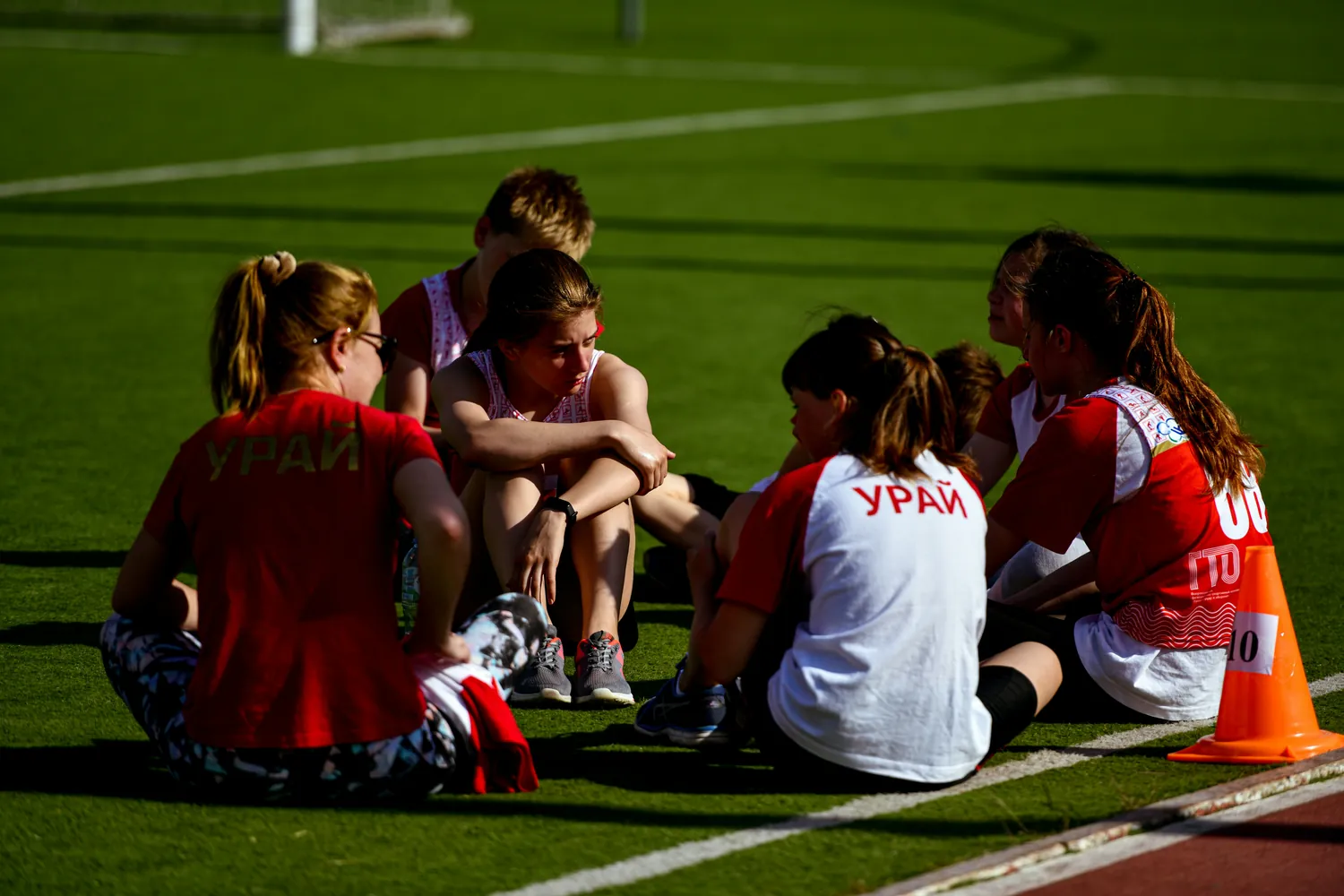Developing Effective Communication Skills for High-Performance Sports Teams

The Importance of Communication in Sports Teams
In high-performance sports, communication is a cornerstone of success. The ability to convey messages quickly and clearly can distinguish between victory and defeat. Effective communication ensures that every team member understands their role, strategies are executed smoothly, and issues are resolved swiftly. Let's explore practical techniques to enhance communication skills within sports teams.
Understanding Communication Dynamics
Communication within sports teams involves more than just exchanging words. It encompasses non-verbal cues, listening skills, and the ability to provide constructive feedback. To improve these dynamics, teams need to create an environment that encourages open dialogue and trust.
Non-Verbal Cues
Body language, eye contact, and hand signals play crucial roles in how messages are interpreted on the field. For instance, a simple hand gesture can indicate a change in strategy during a fast-paced game. Coaches should teach players to use consistent signals to avoid confusion.
Listening Skills
Active listening is vital in understanding teammates' perspectives and responding appropriately. Encourage players to maintain eye contact, nod in acknowledgment, and ask clarifying questions when needed.
Feedback Culture
Feedback should be seen as a tool for improvement rather than criticism. Conduct regular sessions where players can voice their concerns and suggestions openly. This builds a culture of mutual respect and continuous learning.
Practical Techniques for Improving Team Communication
To foster effective communication, teams can implement several strategies during training and competition.
Clear Signals and Consistent Vocabulary
- Standardized Play Calls: Develop a set of standardized play calls and signals understood by everyone. This is especially useful during fast-paced situations where verbal communication may not be feasible.
- Consistent Vocabulary: Use simple and consistent terms across the team to reduce misunderstandings.
Regular Feedback Sessions
- Weekly Meetings: Schedule regular meetings to discuss progress, challenges, and strategies. These sessions should encourage open communication and collective problem-solving.
- One-on-One Check-Ins: Coaches should have individual check-ins with players to address personal concerns and provide targeted feedback.
Incorporating Team-Building Activities
Team-building exercises are crucial for fostering trust and cooperation. Here are some activities that can help enhance team dynamics:
- Trust Falls: A classic exercise where teammates rely on each other, promoting trust and dependence.
- Role Swapping: Allow players to swap positions during practice to understand each other's responsibilities better.
Concrete Examples of Successful Communication Strategies
Examining successful teams can offer valuable insights into effective communication practices.
The New Zealand All Blacks
The New Zealand All Blacks rugby team is renowned for their exemplary communication both on and off the field. They utilize a strong sense of cultural identity and values to foster unity, which translates into seamless communication during games.
The Chicago Bulls Dynasty
During the 1990s, the Chicago Bulls' effective communication was evident in their strategic plays and dynamic teamwork, led by figures like Michael Jordan and Scottie Pippen, who had an unspoken understanding developed through trust and consistent practice.
Implementing a Communication Workflow
Developing a structured workflow for communication ensures that all team members are aligned with the team’s objectives. Here’s a step-by-step guide:
- Establish Clear Goals: Define team goals and ensure everyone understands them.
- Create an Open Environment: Encourage transparency and openness in discussions.
- Define Roles Clearly: Each team member should understand their role within the team.
- Use Technology Wisely: Implement tools like video analysis apps or group messaging platforms for real-time updates.
- Review and Reflect: Regularly assess the effectiveness of communication strategies and make necessary adjustments.
Overcoming Communication Barriers
Inevitably, teams will face communication barriers. Whether it's language differences or personality clashes, these challenges must be addressed promptly.
Cultural Sensitivity Training
Diverse teams may benefit from cultural sensitivity training to overcome language barriers and misunderstandings arising from different backgrounds.
Mediation and Conflict Resolution
If conflicts arise, mediation sessions led by a neutral third party can help resolve disputes effectively without lingering resentment.
The Role of Leadership in Enhancing Communication
A leader's role is critical in setting the tone for communication within a team. Coaches and captains should model effective communication practices by being approachable, transparent, and supportive.
The Coach’s Influence
A coach who communicates expectations clearly and provides regular feedback helps establish a stable environment where players feel valued and motivated to contribute.
The Captain’s Responsibility
The team captain acts as a liaison between the coach and players, ensuring that messages are conveyed accurately and morale remains high.
Conclusion: Building a Legacy of Strong Communication
Effective communication is integral to creating high-performance sports teams. By focusing on clear signals, regular feedback sessions, team-building activities, and overcoming barriers, teams can develop trust and cooperation. As these elements are nurtured, they lay the foundation for enduring success both on and off the field.
